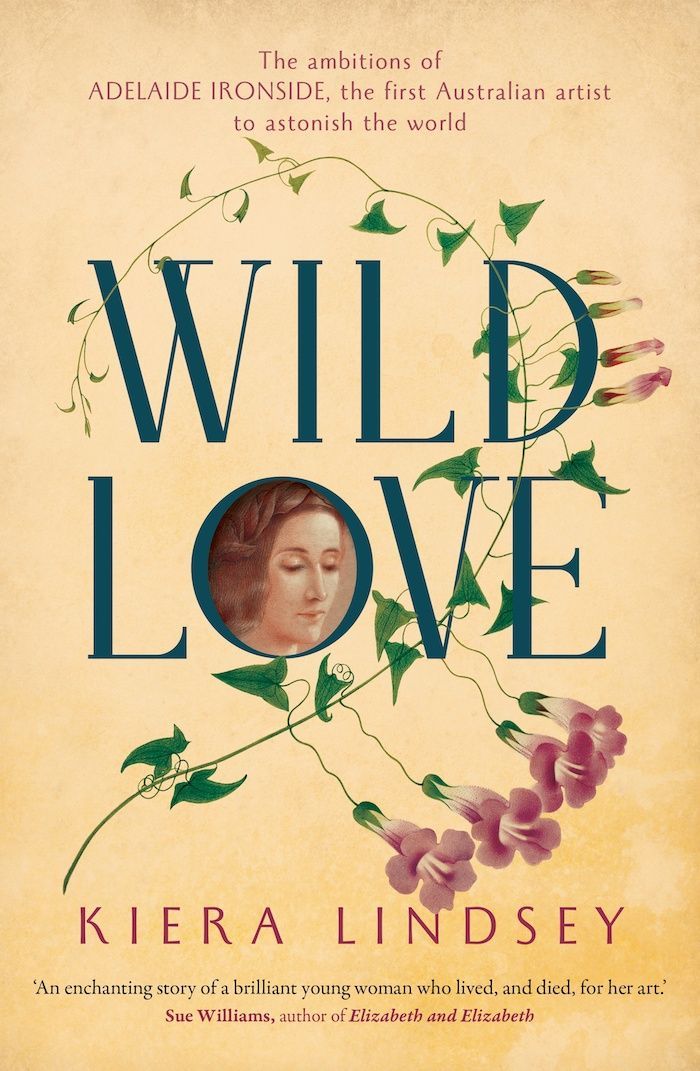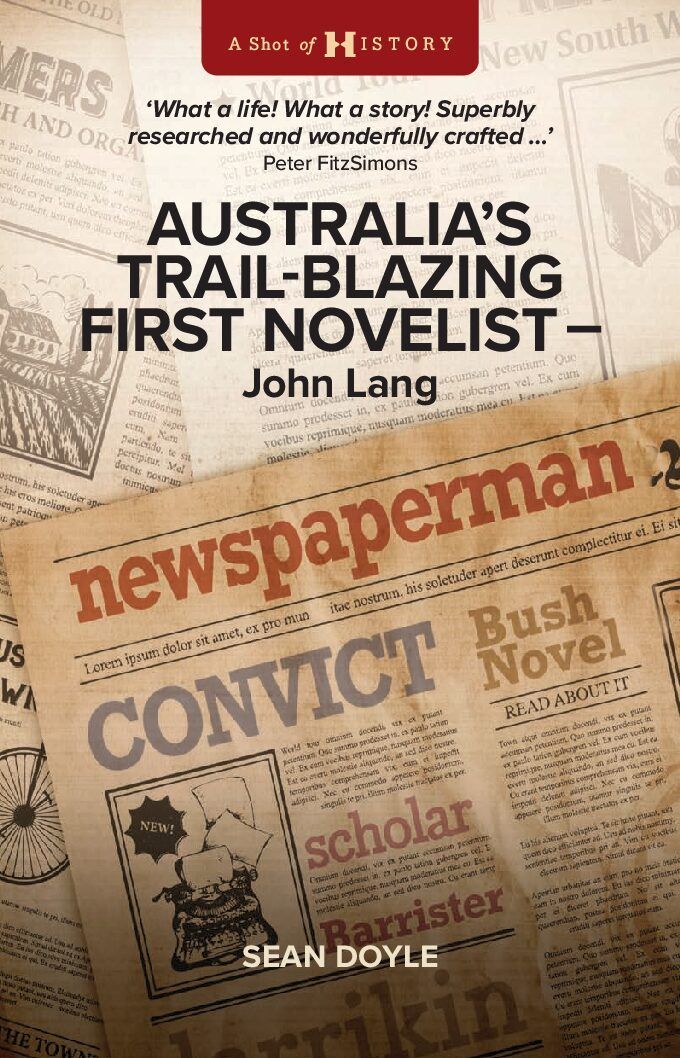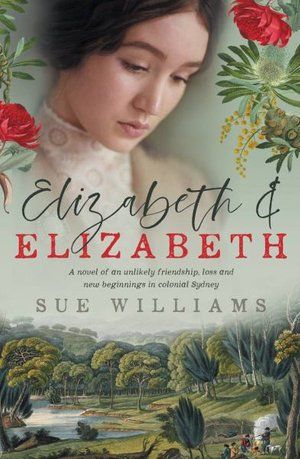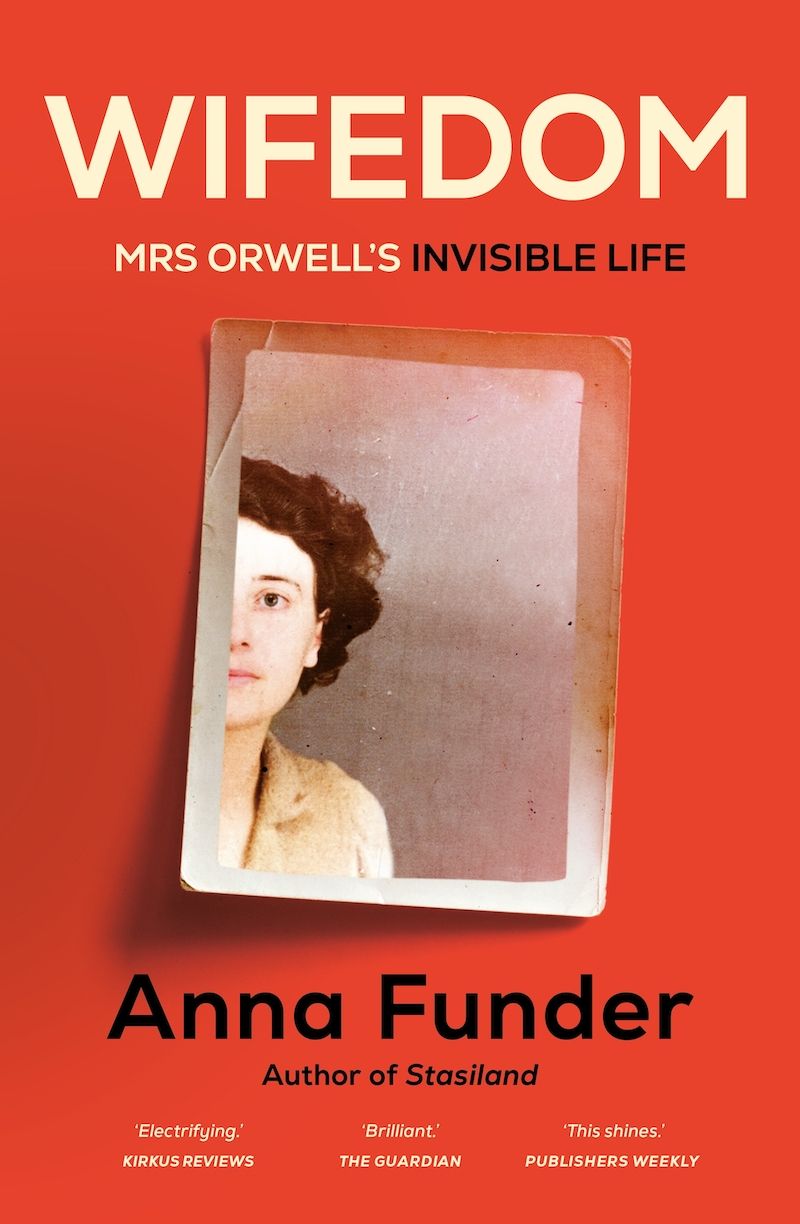Wild Love
The ambitions of Adelaide Ironside, the first Australian artist to astonish the world
Wild Love
By Kiera Lindsey
Published by Allen and Unwin
978176029675
An absorbing interesting book about the remarkable story of Australia’s first recognised female artist at a time when it was expected that colonial girls would marry around the age of 16. However, Adelaide Ironside had different views and an ambition.
She wanted to be the first Australian female artist recognised for her work in the colony and abroad.
A substantial ambition given that female artists were not taken seriously at the time, an occupation viewed as unsuitable for women. However, she was dedicated to painting and drawing from an early age, especially inspired by the local flowers found in the bushy areas around Sydney harbour. Adelaide or Aesi her preferred name, combining the letters of he first and middle names, planned to continue to do so unencumbered by the demands of marriage and children.
From what we read it is most likely she inherited her artistic talents from her grandparents who were convicts transported for forging currency in England. Her mother Martha, was born in Sydney and Adelaide was second generation Australian.
The author’s meticulous research makes this biographical story a particularly interesting one and frankly, after the first couple of chapters I fell in love with reading this book. It includes stanzas from Adelaide’s poetry, several photographs of some of her artworks and cuttings from newspaper reports, copies of letters, as well as photographs of where she lived with her mother in Crows Nest, others of her friends and people mentioned in her life story.
The way in which it is written is charming, frequently using language used in the era in which they lived transporting the reader back in time, something I enjoyed immensley. Many times I smiled when reading how vexed Adelaide or her mother Martha were for various reasons with different people or situations.
The descriptions of Sydney at the time fire the imagination when comparing what it is like today. Places described as in or near the bush where Adelaide would go to collect flower specimens for her drawings are now densely populated suburbs on the lower North Shore.
It is interesting to read that before leaving for Europe, Adelaide and her friends were working to make New South Wales a republic, to be free of the shackles of Mother England's rulers. This was something referred to quite frequently at different stages in the story, especially her disappointment that it had not yet come to fruition.
Adelaide Ironside’s mother Martha had overcome a difficult relationship with her former husband and the taboos of the day as they separated and he remarried. It seems this helped Martha to support her daughter’s determination to become Australia’s first female artist to study with the masters in Rome, Paris and London and to bring that knowledge back home.
Well connected, she met and astonished the poet Robert Browning, at times not positively as they clashed and she became friends with his poetess wife. Elizabeth Barrett Browning.
It is heartening to read that when The Prince of Wales was visiting Rome he met Adelaide and bought some of her work. Serendipitous, just as they were in dire need of a financial boost. Part of her story fits the descriptions of the struggling artist living in a garret.
Returning to London her friends urged her to reconnect with the celebrated John Ruskin, writer, art historian, art critic and philosopher. She hesitated considering the nasty way in which he had treated her when first introduced as a paintress. He disliked the idea of women artists Eventually and encouraged by her friends after her years studying in Rome and her artistic progression he became her mentor.
Working so hard for her art, at one time describing the way in which she mixed colours from a concoction of ingredients for a particular painting I had thoughts of how awfully toxic they were. It as no wonder Adelaide said the rooms in which they lived smelled so putrid she had to go outside to breathe fresh air.
Away from home for over ten years and after exhibiting her work in Paris, living in Rome, holidaying in other regions in Italy to escape the heat of Rome, studying in London and visiting friends such as the Wentworth’s, Fairfax’s and Blaxland’s and others in the English and Scottish countryside, both mother and daughter longed to return home. To see Sydney harbour again and enjoy our wide open skies. Adelaide dearly wanted to be amongst her native flowers, but ….
The story of Adelaide Ironside, a trailblazer and, her mother Martha, is beautifully told. Her adventurous, dedicated ambitious, albeit sadly short life is whole heartedly worth reading, especially if you like history and art. You will be transported into the inspiring world and spirit of this trailblazing Australian.
My only wish is that the print size was larger as per standard sizes as it is quite small and made it more difficult for me to read as I do not have perfect eyesight.
The author
Kiera Lindsey is History Advocate at the History Trust of South Australia and the author of The Convict's Daughter. She also appeared in the History Channel program Lawless.
This is independent review, I am not paid by the publishers, so.If you
Liked this review - Buy me a coffee










